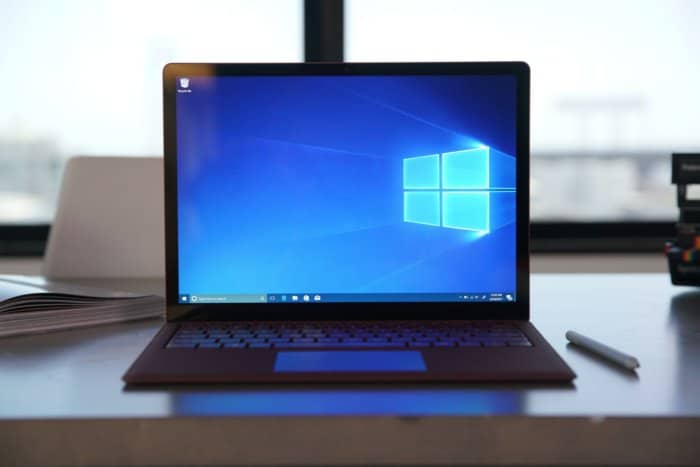
Microsoft reportedly will offer Windows 10 S as a default “mode” that it will sell with virtually all Windows consumer versions, several of which are being added as a part of a roadmap update.
What isn’t clear, however, is whether the new Windows 10 versions — Entry, Value, Core, Core+, and Advanced, according to a report by Thurrott.com—will contain their own discrete feature set as well as their own licensing fees. The report claims that these new versions will begin shipping in April.
If the report is correct, though, the additional revamps will mean a significant change for Windows: Windows 10 S, currently a separate operating system on products like the Microsoft Surface Laptop, will be the default OS for all Windows 10 Home and Windows 10 Pro products. Windows 10 S only allows UWP apps to be loaded from the Windows Store, locking out traditional Win32 .EXE files.
Consumers would still be able to access Windows 10 Home and Windows 10 Pro, and the article suggests that consumers will still have a window of time in which to upgrade. Consumers who wished to upgrade from Windows 10 S Pro to Windows 10 Pro, however, would be charged $49, the site reported. Thurrott also noted that these versions of Windows 10 S will apparently support third-party antivirus software, which traditionally runs as legacy .EXE versions.
Though the site cites Microsoft data that claims the majority of Windows 10 S users stick with Windows 10 S, the limitations caused us to recommend switching to Windows 10 S Pro in our review of the Surface Laptop. Windows 10 S and its UWP apps have prompted some, such as Epic CEO Tim Sweeney, to characterize the somewhat limited UWP apps as killing PC gaming.
What are these new Windows 10 versions?
Thurrott.com, which claimed to have received its information via internal company documents, didn’t reveal too many details of the new Windows versions. Though the site did dig up what the new versions will cost partners/customers (not end users), there wasn’t any indication whether the new versions will contain their own unique feature sets.
Microsoft does appear to be charging partners more for more advanced hardware; for example, the Core+ version of Windows applies to desktop machines with less than 8 GB RAM and less than or equal to a 2TB hard drive or SSD, and costs partners $86.66. The Advanced version (priced at $101 to partners) includes hardware like a Core i7 plus 16GB of memory.
What this means to you: With the Redstone 4 update of Windows (possibly called the Spring Creators Update, according to Thurrott.com) being somewhat blah, news of these tweaks to Windows are certainly interesting. But what this will mean to the traditional PC market isn’t great—gamers (who, admittedly, should be running Windows 10 for security reasons) who are running Windows 7 will be even less likely to switch. If a fragmented Windows market is still unpalatable to Microsoft, however, that implies that features won’t be divvied out in various portions to these new Windows derivatives. If they are, that seems like it could open the door to chaos.
